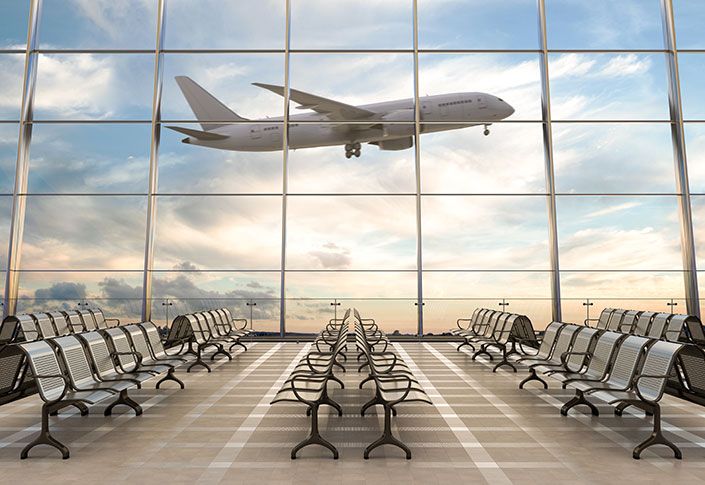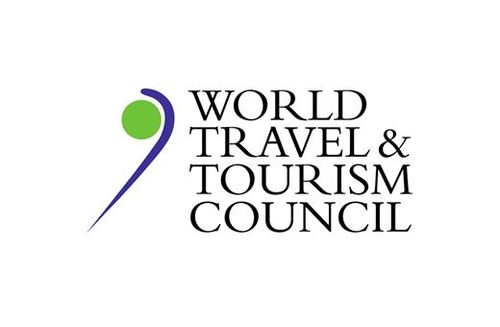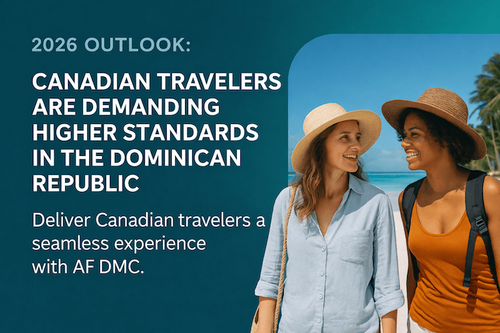Where travel agents earn, learn and save!
News / WTTC launches Safe Travels protocols for aviation, airports, MICE and tour operators
New measures help to rebuild confidence for travellers

May 29 - The World Travel & Tourism Council (WTTC) has unveiled the second phase of measures to rebuild global consumer confidence to encourage the return of travelling.
The latest protocols are designed to drive the return of safe travel and enable industries, namely tour operators and convention centres, meetings and events to thrive once again.
Detailed discussions took place with key stakeholders and organizations to ensure maximum buy-in, alignment and practical implementation, to set clear expectations of what travellers may experience in the ‘new normal’.
Those relating to airports and airlines have been devised following close consultation with WTTC Members such as Iberia, Emirates Group, Etihad and Oman Aviation Group among others, as well as the International Air Transport Association (IATA) and Airports Council International (ACI), to rebuild trust and provide reassurance that airports and airlines will offer safe environments in which to fly once travel restrictions are relaxed.
The welfare of travellers and the millions of people employed throughout the Travel & Tourism sector at the heart of this new comprehensive package of Safe Travels protocols.
They also provide consistency to destinations and countries as well as guidance to travel providers, airlines, airports, operators, and travellers, about the new approach to health and hygiene in the post COVID-19 world.
Last week, WTTC unveiled Safe Travels protocols for hospitality and outdoor retail, which were widely endorsed and supported by top CEOs and business leaders globally.
However, earlier this week, WTTC’s unveiled its landmark new global safety stamp to encourage safe travels and the reopening of the Travel & Tourism sector.
Backed by the United Nations World Tourism Organization (UNWTO), the new protocols will recognise businesses and governments worldwide which have adopted them to rebuild confidence among consumers, encourage the return of ‘Safe Travels’ and enable the Travel & Tourism sector to reopen for business.
Drawn up by WTTC Members and based on the best available medical evidence and following guidelines from the World Health Organisation (WHO) and the Centres for Disease Control and Prevention (CDC), the new Safe Travels protocols and avoid the emergence of multiple standards, which would only confuse the consumer and delay the sector’s recovery.
Detailed discussions took place with key stakeholders and organisations to ensure maximum buy-in, alignment and practical implementation, to set clear expectations of what travellers may expect during their next flights in the ‘new normal’.
Evidence from WTTC’s Crisis Readiness report, which looked at 90 different types of crises, highlights the importance of public-private cooperation to ensure that smart policies and effective communities are in place to enable a more resilient Travel & Tourism sector.
WTTC divided the new guidance into four pillars including operational and staff preparedness; ensuring a safe experience; rebuilding trust and confidence; innovation; and implementing enabling policies.
Measures announced on May 29 include:
Airports
• Enhanced cleaning including to self-service equipment, baggage trolleys, counters, buggies, security checkpoints, washrooms, elevators, handrails, boarding areas, and common areas with a specific focus on high-frequency touch points • Provide personal protection equipment (PPE) to staff, such as masks • New signage and announcements to limit interaction and queuing at touchpoints • Possible pre-arrival health risk assessment to prevent delays upon arrival • Reduce passenger touchpoints through online check-in before departure, use of self-check in kiosks and bag drop, home-printed bag tags, greater use of biometric e-gates and boarding card reading at gates • If entry-exit screening is mandated, it should be carried out in a non-intrusive, walk through manner, through full body infrared scanners using handheld infrared thermometers, and ear gun thermometers • Enhanced food safety and hygiene at restaurants, with prepacked foods to avoid handling of food at buffets • Possible redesign of immigration halls together with governments and airlines to speed up procedures • Where declarations are required upon arrival, electronic options should be used to minimise contact; ideally using contactless processes
Airlines
• Provide personal protection equipment (PPE) to staff such as masks • Reduce passengers’ touchpoints through online check-in before departure, use of self-check in kiosks and bag drop, home-printed bag tags, greater use of biometric e-gates and boarding card reading at gates • Provide approved hand sanitizers as appropriate based on high-traffic areas, such as check-in and boarding areas • Revisited guidance for cleaning teams for all areas of the plane including washrooms, as well as check in and boarding areas, with a specific focus on high-frequency touch points • Consider boarding from back of the plane to the front, window to aisle • Limit movement in the cabin as much as possible • Retrain crew and frontline staff regarding infection control and hygiene measures
Tour operators
• Enhanced sanitation, disinfection, and deep cleaning practices for coaches and other vehicles • Focused cleaning on high-frequency touch points, including handrails, door handles, tables, onboard toilets, air conditioning filters, overhead lockers and headsets • Pre-allocated seating plans with no rotation • Limit physical contact and queuing where possible • Explore staggered timing for access to venues, hotels and restaurants among others • Health, sanitation, disinfection and hygiene and food safety protocols at partner restaurants • Establish with partners and suppliers including shops, showrooms, tasting venues/shops, museums, shows theatres, concert halls, factories and farms, that they follow likely protocols
Convention Centres, Meetings & Events
• Implement physical distancing for seating distribution and aisles, utilizing government guidance if available. Create visual support to show intent as appropriate • Reduce venue capacity limits for participants as appropriate and required by local legislation • Distinguish between different areas of risk in the venue • Consider pre-arrival risk assessment questionnaire for participants • Limit physical interaction and possible queuing at reception and registration using advance registration to enhance participant flow • Create isolation units outside the venue where possible for those showing COVID-19 symptoms
Additional and separate measures for the Cruise sector and Insurance businesses, amongst others, are currently in development and will be announced in due course.
According to WTTC’s 2020 Economic Impact Report, during 2019, Travel & Tourism was responsible for one in 10 jobs (330 million total), making a 10.3% contribution to global GDP and generating one in four of all new jobs.
For more information, please visit wttc.org
More Travel News:
Join G Adventures Founder Bruce Poon Tip for a live Q&A
Parker Says U.S. Carriers Will Survive Without Bankruptcies
Holiday weekend road trip activity up to “spring break levels” in some parts of U.S.
European Countries Are Paying People to Travel Again and the U.S. Could Be Next








